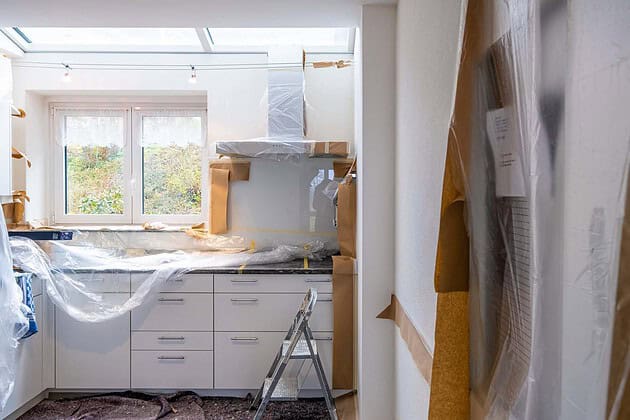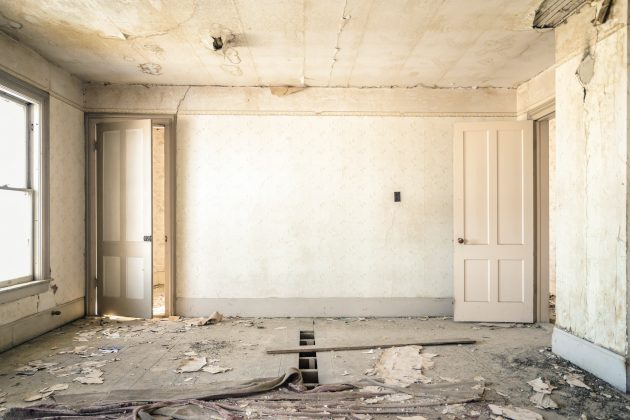Redesigning your house can be a daunting task. It’s not only a lot of work, but it can also be expensive. From planning to execution, there are a lot of factors to consider. But don’t worry, we’re here to help. However, with a careful approach and some helpful tips, you can avoid some of the common pitfalls associated with redesigning a house and make your house look amazing without breaking the bank. To help you make the process as smooth as possible, here are six tips to follow:
Start With a Plan
The first and most important step is to start with a plan. This may seem obvious, but it’s often overlooked. Without a plan, it’s easy to get caught up in the details and lose sight of the big picture. So, before you start tearing down walls or buying new furniture, sit down and map out what you want to achieve with your redesign. Consider your goals and budget, and make a list of the changes you want to make. This will help keep you focused and on track as you move forward with your project. The easiest way to create a plan is to use a home design software like Home Designer Suite. With this powerful software, you can create custom floor plans and 3D renderings of your vision, so you can see exactly what your finished project will look like before you even start.
Work With Professionals
While it’s possible to tackle a home redesign on your own, it’s often best to work with professionals, especially if you are planning on making major changes like knocking down walls. The same goes for more delicate work like replacing windows and installing new blinds. Hiring the best blinds company will ensure that your windows are installed correctly and that you get the perfect custom fit. They will also be able to give you helpful advice and tips on how to care for your new windows. And hiring a reputable electrician, or plumber will help to avoid any costly mistakes that could end up damaging your home. So, while it may be tempting to try to do everything yourself or hire the first contractor you find, it’s worth taking the time to find reputable professionals.
Know Your Limits
One of the most common mistakes people make when redesigning their homes is biting off more than they can chew. It’s easy to get caught up in the excitement of a project and try to do too much at once. But this can often lead to frustration, delays, and even costly mistakes. So, it’s important to know your limits and focus on one area at a time. If you try to do too much at once, you’ll likely end up overwhelmed and end up with a half-finished project. Therefore, it’s best to focus on one room or one area of your house at a time and complete it before moving on to the next. You may also consider tackling the easiest projects first and saving the more difficult ones for last. This will help build momentum and keep you motivated as you move through your project.
Get Some Inspiration
One of the best ways to get ideas for your redesign is to thumb through some home decor magazines. Not only will you get an idea of the latest trends, but you’ll also see how other people have tackled similar projects. You can even rip out pages or take photos of designs you like and use them as inspiration for your project. Just make sure you don’t get too bogged down in the details. It’s easy to get caught up in trying to recreate someone else’s vision, but it’s important to remember that your house is unique and what works for someone else may not work for you. Therefore, use home design magazines as a starting point and then put your spin on things.
Set a Budget and Stick To It
One of the most important aspects of any home redesign is setting a budget. This will not only help keep your spending in check, but it will also prevent you from making impulse purchases that you may later regret. When setting your budget, it’s important to be realistic and consider all the costs associated with your project. From materials and labor to permits and fees, there are a lot of potential expenses to account for. Once you have a good idea of how much money you’ll need to complete your project, add a 10-20% buffer to account for any unexpected expenses. Then, stick to your budget as closely as possible. This may mean making some sacrifices, but it will be worth it in the end when you stay within your budget and avoid going into debt.
Be Prepared For The Unexpected
Even if you plan everything out perfectly, there’s always a chance that something will go wrong. A contractor may make a mistake, the weather may not cooperate, or you may simply change your mind about something. Therefore, it’s important to be prepared for the unexpected and have a contingency plan in place. This could mean having extra money set aside in case of unforeseen expenses or keeping some of the original materials in case you need to make any changes. By being prepared for the worst, you can avoid any stressful surprises and keep your home redesign project on track.
While redesigning your home can be a fun and exciting project, it’s important to keep some key things in mind to ensure that the process goes smoothly. From setting a budget to working with professionals, following these tips will help you avoid any stressful surprises and complete your project on time and within budget. So, whether you’re planning a minor update or a major overhaul, keep these tips in mind to ensure that your home redesign project is a success.
















